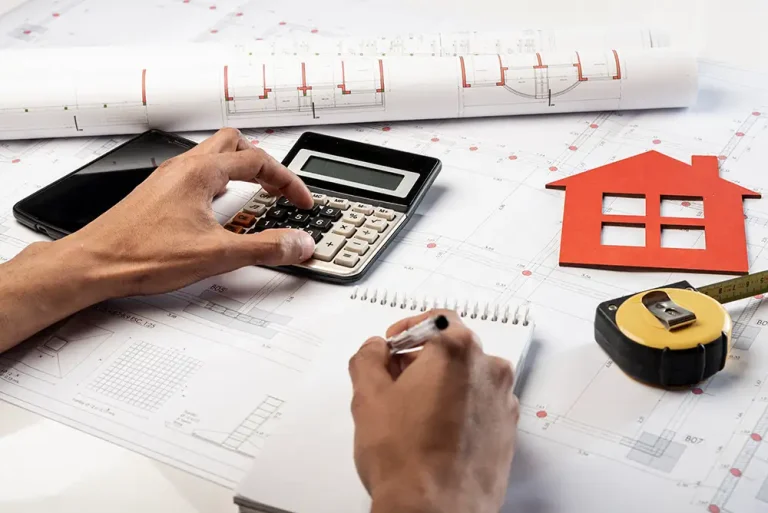How the Home Buying Process Works with a Mortgage Broker in Australia
1. Initial Consultation
- Understanding Your Needs: The process begins with an initial consultation where the mortgage broker will discuss your financial situation, goals, and needs.
- Financial Assessment: The broker will evaluate your income, expenses, debts, and savings to determine your borrowing capacity.
2. Pre-Approval
- Credit Check: The broker will perform a credit check to understand your credit history and score.
- Loan Options: Based on your financial assessment, the broker will present various loan options from different lenders.
- Pre-Approval Application: The broker helps you apply for pre-approval, which gives you an idea of how much you can borrow and shows sellers you’re a serious buyer.
3. House Hunting
- Finding a Property: With pre-approval in hand, you can start searching for a property within your budget.
- Property Inspections: Conduct property inspections to ensure the home is in good condition and meets your requirements.
4. Making an Offer
- Offer and Negotiation: Once you find a property, your broker can guide you on making a competitive offer and negotiating the price.
- Contract of Sale: If your offer is accepted, you’ll sign a contract of sale, usually with conditions such as finance approval and building inspection.
5. Formal Loan Application
- Gathering Documents: The broker will help you gather necessary documents such as proof of income, savings, and identity.
- Submitting Application: The broker submits the formal loan application to the lender, including all required documentation.
6. Loan Approval
- Conditional Approval: The lender may provide conditional approval, pending final checks like property valuation.
- Property Valuation: The lender will conduct a property valuation to ensure it’s worth the loan amount.
- Unconditional Approval: Once all conditions are met, the lender provides unconditional approval.
7. Settlement Process
- Settlement Date: The settlement date is agreed upon, typically 30-90 days from signing the contract.
- Final Inspection: Before settlement, conduct a final inspection to ensure the property is in the same condition as when you agreed to buy it.
- Transfer of Funds: The lender transfers the loan amount to the seller’s account, and you pay the remaining deposit and any other costs.
8. Post-Settlement
- Collecting Keys: After settlement, you collect the keys to your new home.
- Managing the Loan: The broker can continue to offer advice on managing your mortgage and refinancing options if needed.
Benefits of Using a Mortgage Broker
- Expert Advice: Brokers provide expert advice tailored to your financial situation.
- Access to Multiple Lenders: Brokers have access to a wide range of lenders and loan products.
- Time Savings: Brokers handle much of the paperwork and legwork, saving you time.
- Negotiation Power: Brokers can often negotiate better terms and rates on your behalf.
- Continued Support: Brokers offer ongoing support even after the loan is settled.
Documents Typically Required
- Proof of Income: Payslips, tax returns, or financial statements if self-employed.
- Proof of Savings: Bank statements showing your savings and deposit amount.
- Identification: Passport, driver’s license, or birth certificate.
- Credit History: Credit report and details of any existing debts.
- Property Details: Contract of sale and property valuation report.
Using a mortgage broker can simplify the home-buying process, making it easier for you to secure the best loan and navigate the complexities of purchasing a property in Australia.






